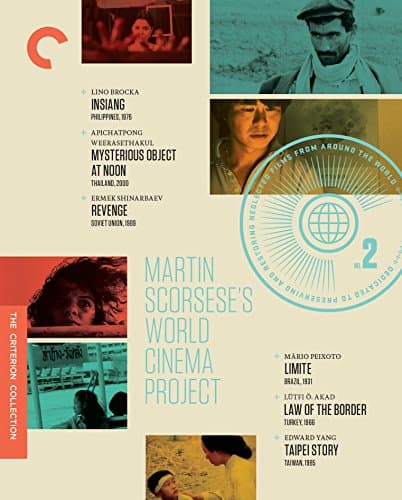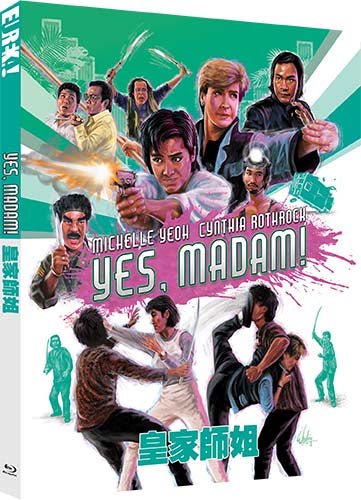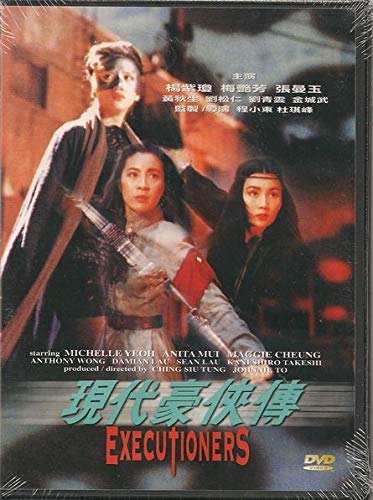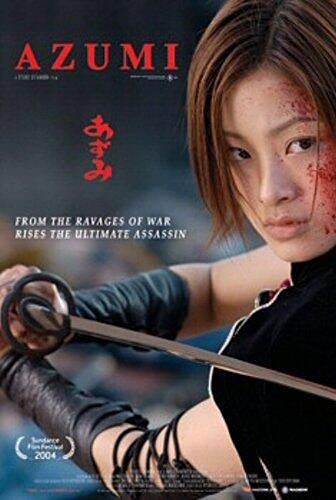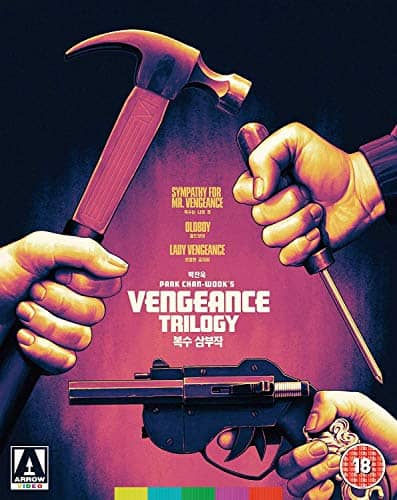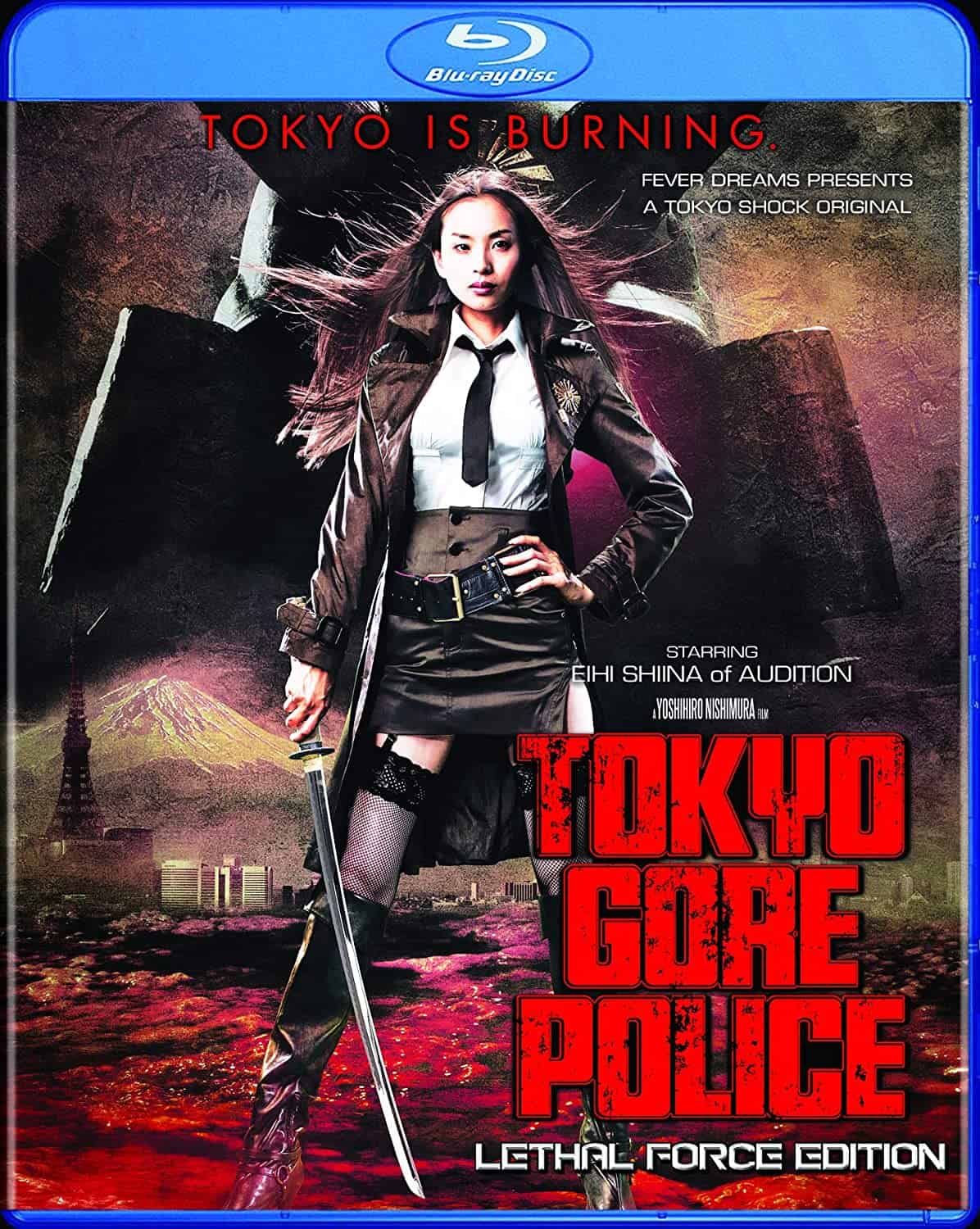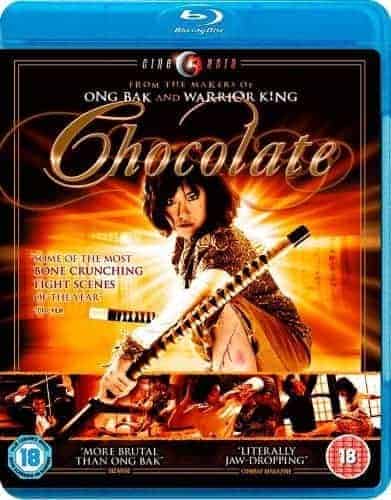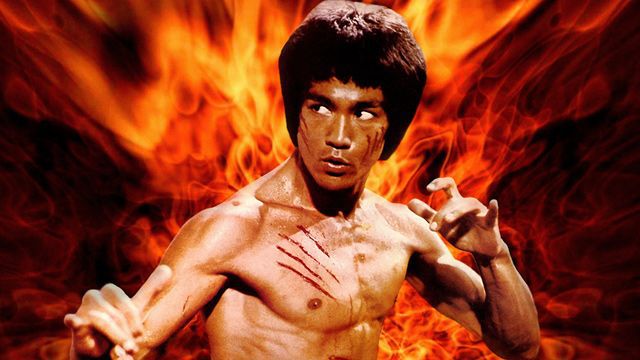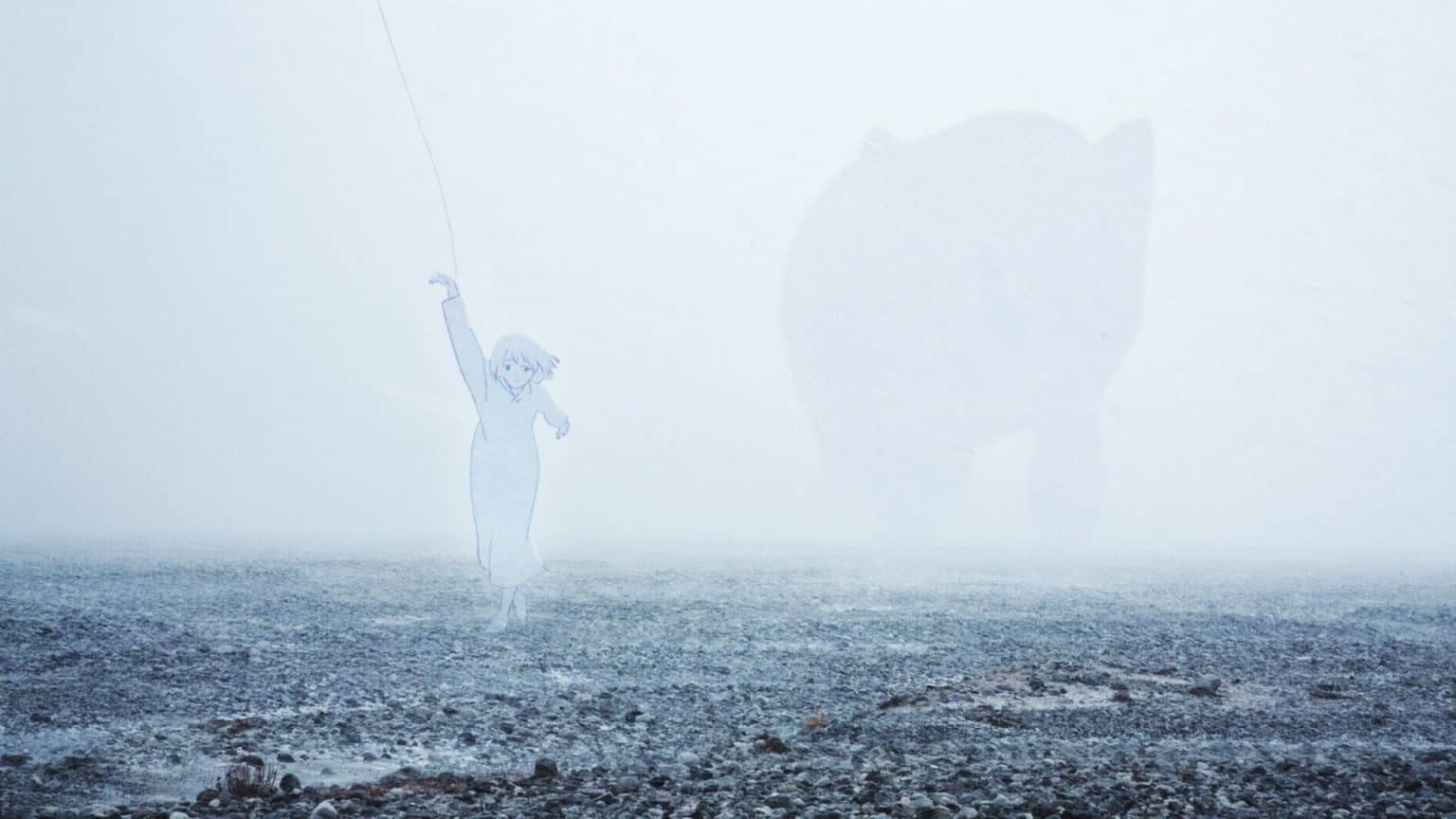11. Insiang (Lino Brocka, 1976, Philippines)
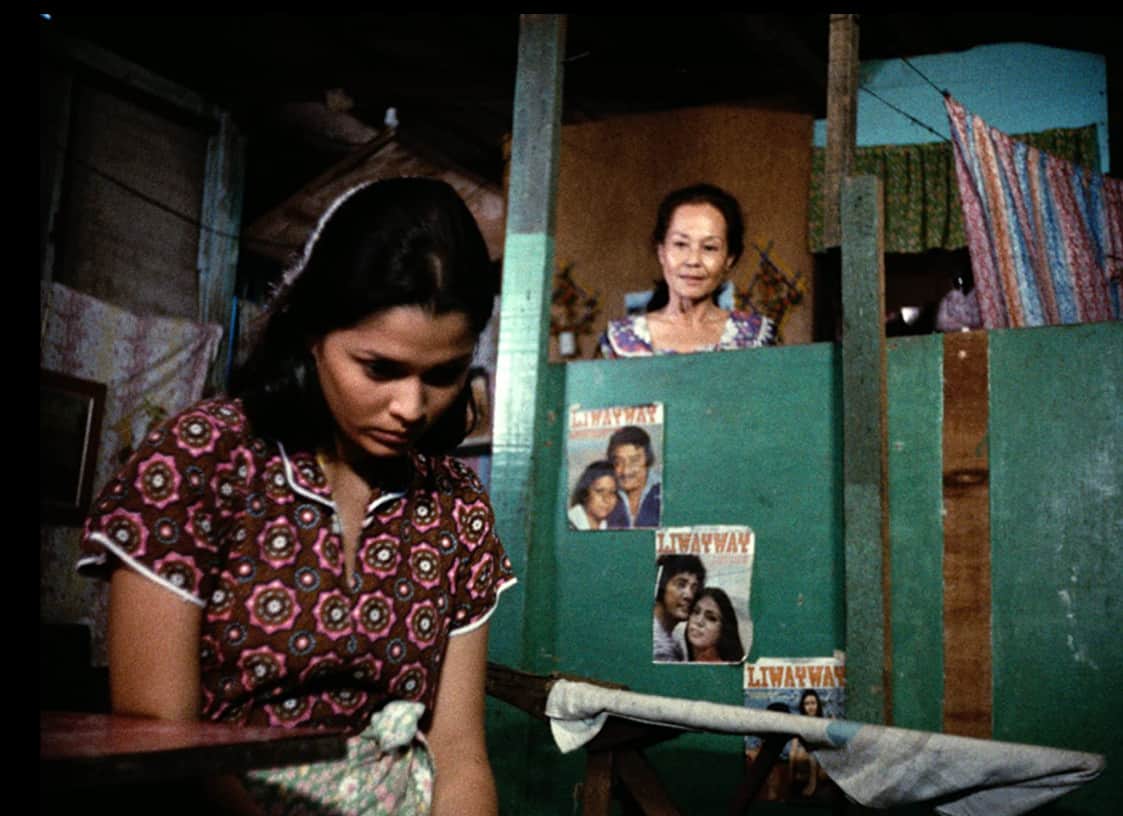
This setting also serves another purpose: of highlighting how different from everybody Insiang is, with her beauty shining even more brightly through all the dirt and misery, while making the despicable behaviour of everyone around her, even more appalling. Baltazar's camera seems in love with her and particularly her eyes, which Hilda Coronel mostly uses to communicate the various statuses she exhibits, that range from despair to violent resolve. Particularly her transformation from an innocent, helpless girl to a genuine femme fatale is exceptional and one of the anchors of the movie, with the scene in the prison cementing the fact in the most direct way.
Buy This Title
12. The Vengeful Beauty (Ho Meng Hua, 1978, Hong Kong)
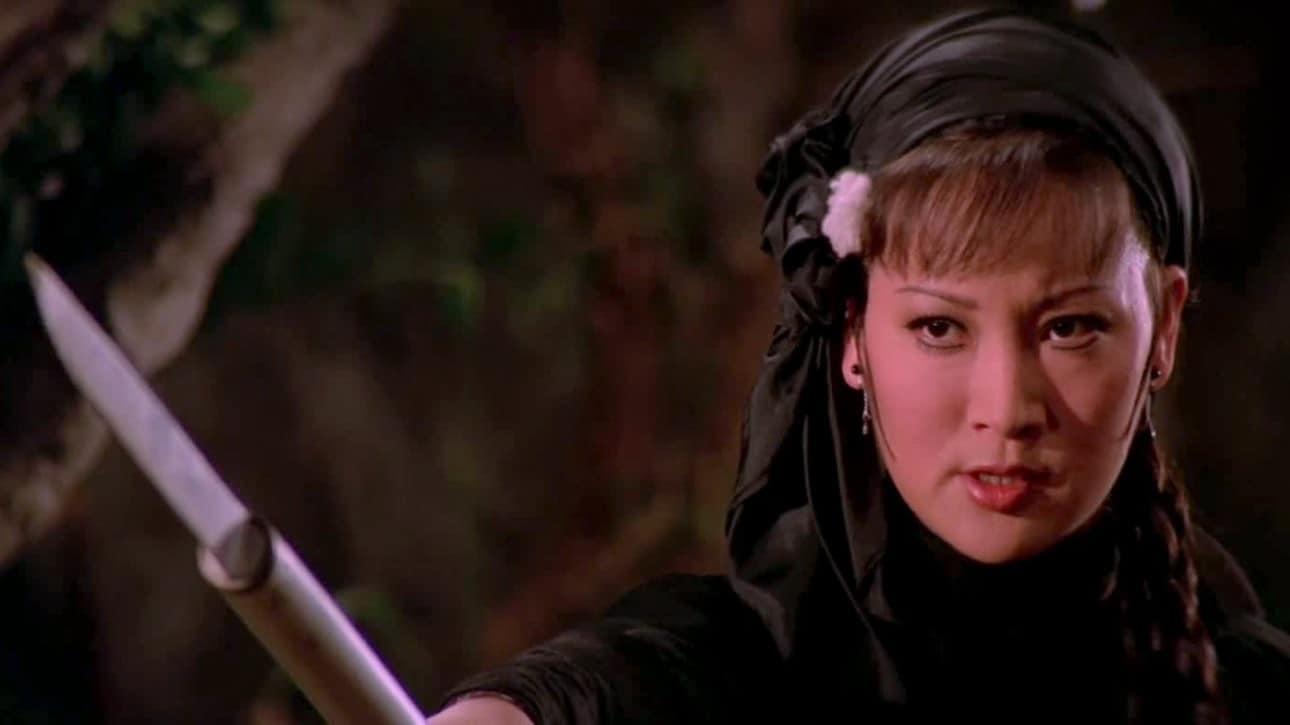
With this final guillotine adventure, which feels like a semi-sequel at times because of Ho's use of actual footage from his original film to emphasize and connect the thin plot together, this essentially is a straight revenge story with a strong female protagonist who is pregnant, thereby adding more tension and drama. The production looks good overall especially those huge outdoor sets that Ho is able to use to his advantage in telling his story. (David Chew)
13. My Young Auntie (Lau Kar-leung, 1981, Hong Kong)
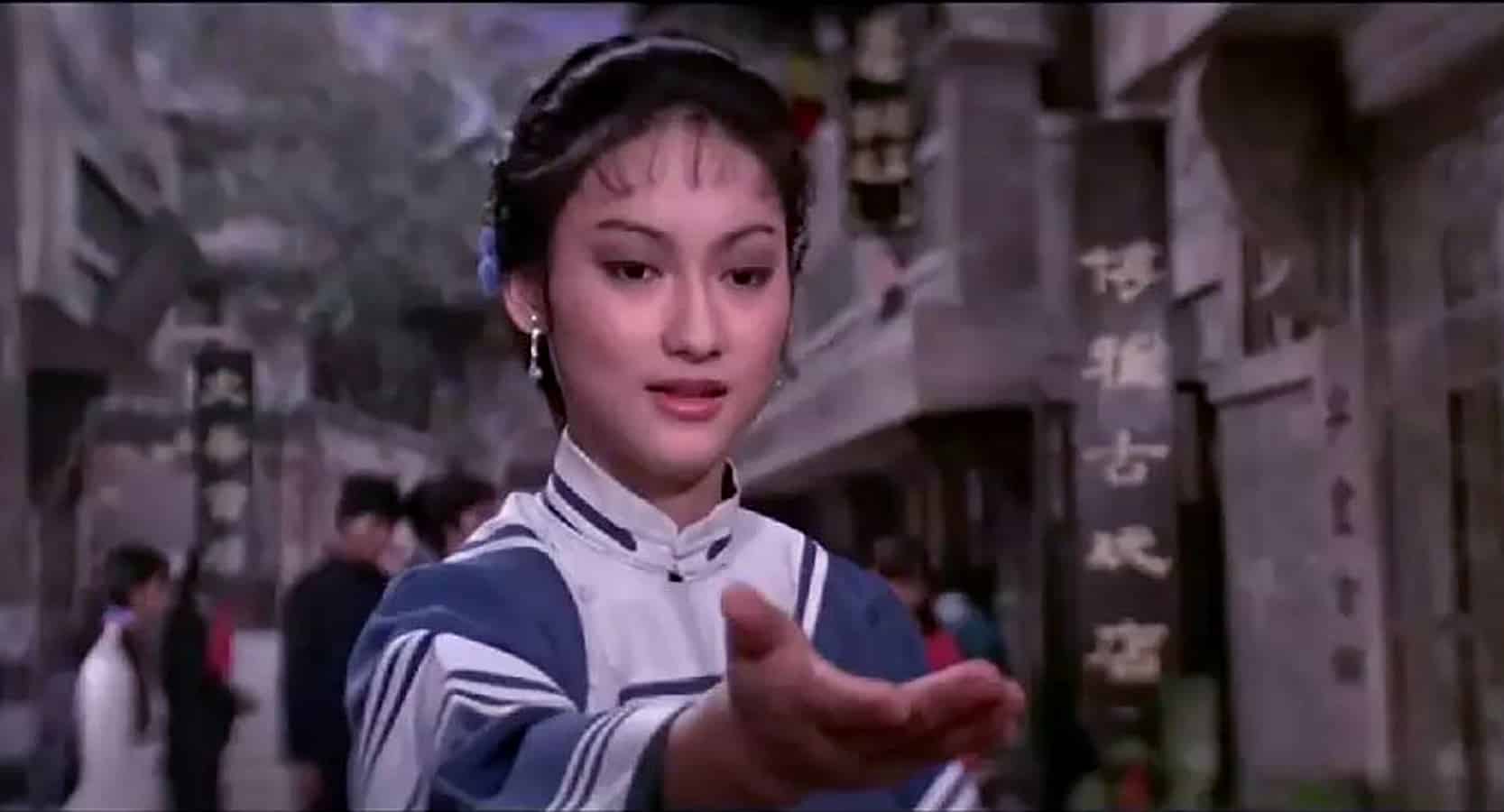
Kara Hui is perfect as Jing and the way she effortlessly switches from being a small town bumpkin who has to adapt to a modern world and eventually to a serious action protagonist is faultless. Her street fight with some hooligans in which she's trying to show off to nephew Charlie is both humorous and exciting to watch. Furthermore, she's truly outstanding with a sword too as shown in her brawl with some thugs dressed up as musketeers in a fancy dress party. Overall, she's graceful in both her moves and range of acting. (David Chew)
14. Yes, Madam (Corey Yuen, 1985, Hong Kong)
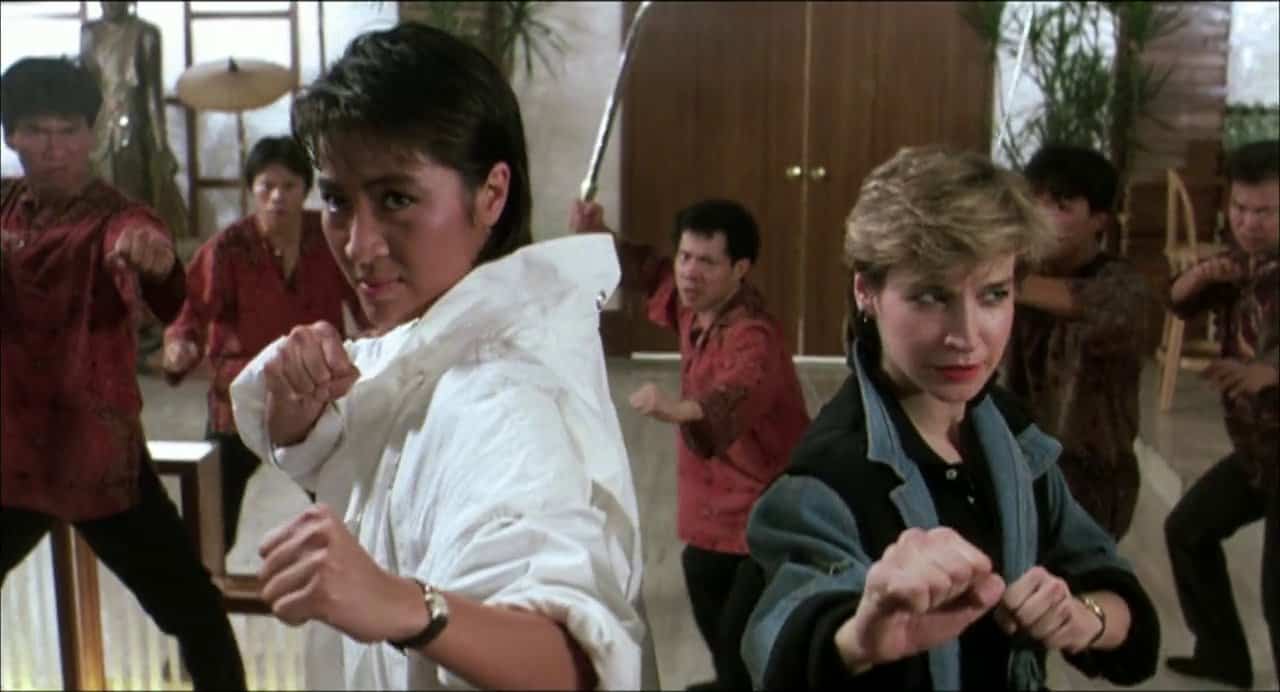
It all starts with the two leads. Michelle Yeoh as Inspector Ng and Cynthia Rothrock as Inspector Carrie Morris are incredibly fun together and create a dynamic duo. Both are at their physical peak and demonstrate jaw-dropping skills in their battles. From the moment Rothrock arrives at the airport and puts down the thug single-handedly that got past several regular guards just before, Rothrock's flexibility and coordination is on display in fine form. Yeoh also gets a few fine battles early on to show off her skills, and even puts in a fun gunfight mid-way through that gives her more to do. Still, the movies' centerpiece sequences are about the both of them on-screen together engaging in spectacular hand-to-hand fighting. A 2-on-1 battle with Dick Wei in a crowded nightclub bathroom that spills out into the arena is a showstopper, while the final battle in the gang members' compound is a delight to watch. Each one going one-on-one with a major henchmen and being full of precise timing and choreography from star Mang Hoi, gives the scene a resonance not easily matched in the genre. (Don Anelli)
Buy This Title
on Terracotta
15. The Heroic Trio 2: Executioners (Johnnie To, 1993, Hong Kong)
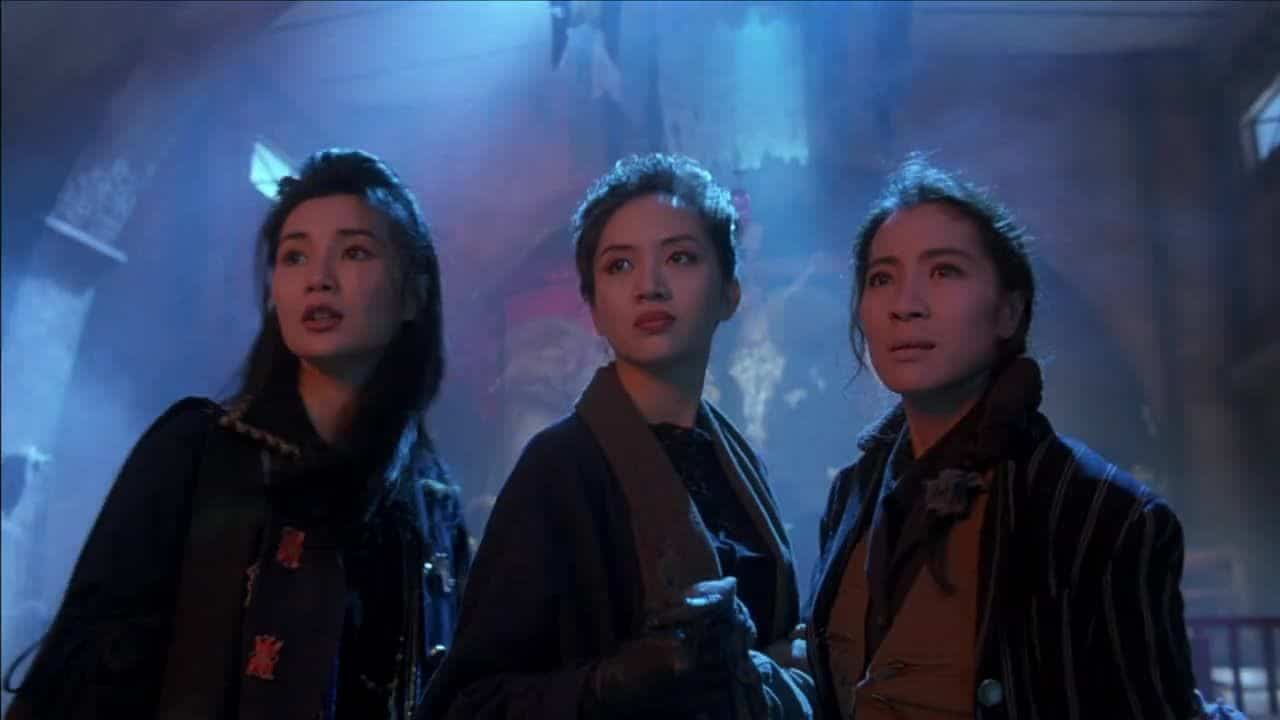
Buy This Title
16. Ghost in the Shell (Mamoru Oshii, 1995, Japan)
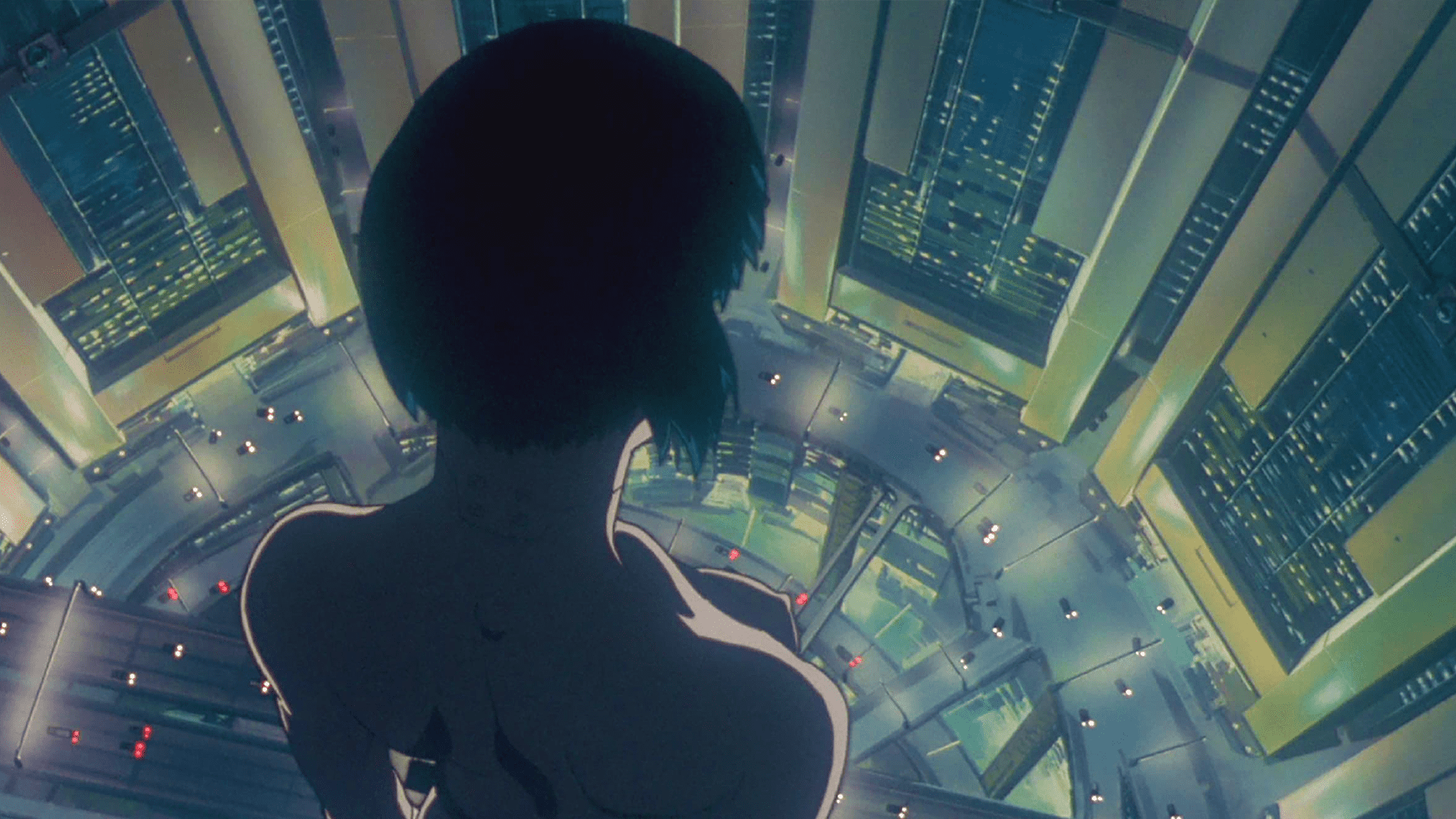
The film presents a society where technology has made everything very easy and has allowed humanity to evolve enormously, but at the same time stresses the dangers that could arise from the over-dependence on technology. The most important of these consequences is the loss of identity, and the subsequent dehumanization. This last aspect is chiefly presented through the character of Motoko, whose ghost is the one dominating her body, to the point that it can act completely individually from it. At the same time, the concept of Motoko gives rise to a number of classic sci-fi questions. Can cyborgs have a soul? Do they exist as individuals, since they abide by the specifications of their manufacturer? What does their existence signify? According to Descartes, Motoko exists as an individual since she is able to think and make decisions. “Ghost in the Shell”, though, questions this theory through the concept of manufactured cyborgs, since Motoko's thoughts and memories may not even be her own.
Buy This Title
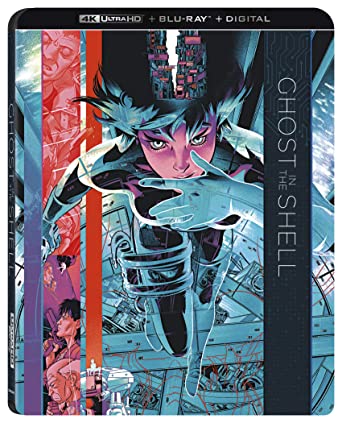
17. Azumi (Ryuhei Kitamura, 2003)
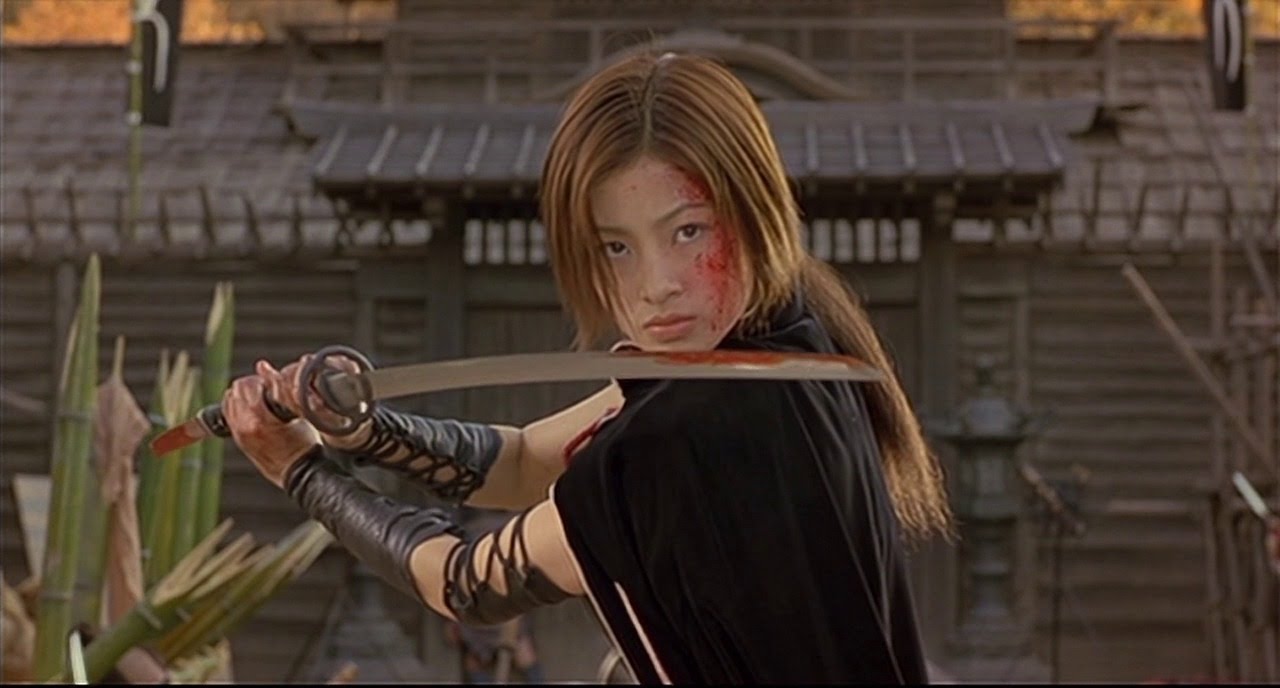
Based on the homonymous manga series by Yu Koyama, “Azumi” tells the story of a band of ninjas, trained from childhood by the old master Jiji, in order to assassinate Toyotomi Hideyoshi's three allies: Nagamasa Asano, Kiyomasa Kato and Masayuki Sanada. Despite having a relatively low budget, Ryuhei Kitamura managed to create a thrilling film filled with blood and violence that benefits the most from the impressive action scenes and the depiction of the supernatural characters. (Panos Kotzathanasis)
18. Lady Vengeance (Park Chan-wook, 2005, S. Korea)

Lee Young-ae is spectacular in the titular character, with the overwhelming majority of the film being based upon her. Her transformation from a victim, to a “saint,” to a vigilante and finally to an ordinary (of sorts) woman is, probably, the film's greatest asset. Choi Min-sik is, once more, quite persuasive as the embodiment of pure evil, although his part is quite small. He certainly deserves an award for the things Park made his characters go through in the last two films of the trilogy.
Buy This Title
19. Tokyo Gore Police (Yoshihiro Nishimura, 2008, Japan)

Really, the storyline seems like just an excuse to kill something, but that's alright since the actual killing is done with such flare. Whether she's cutting herself or someone else, the amount of blood spilled in this movie could sink an ocean liner. The little nicks sends gallons of blood, not just seeping, but gushing like a broken fire hydrant for what seems like hours. It gets to the point where that's all a scene is. Blood. Had the director been trying for the shock effect, I would have rimmed him a new one. But since his aim was more a celebration of blood and guts he did a great job. That much of the stuff eventually makes a person numb to it, and appropriately enough each successive scene was worse than the last.
20. Chocolate (Prachya Pinkaew, 2008, Thailand)
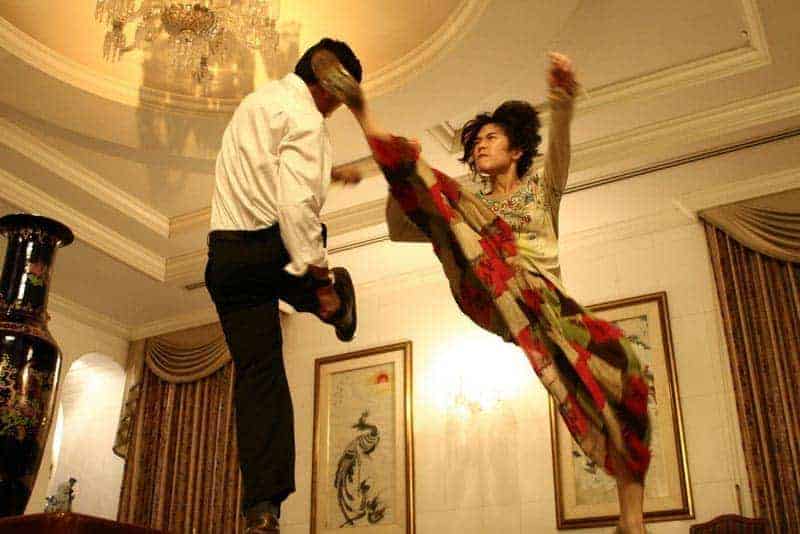
“Chocolate” is no doubt a showcase for Yanin Vismitananda's martial arts skills; besides, she does a pretty good Bruce Lee stance and scream. Together with director Prachya Pinkaew and action choreographer Panna Rittikrai, they sure hit the nail on the head. The bone crunching fights look amazing; the set pieces are wonderful and well designed. In a Jackie Chan style, the end credits show Yanin and the stuntmen going through very painful injuries while bringing the spectacular action to life.


